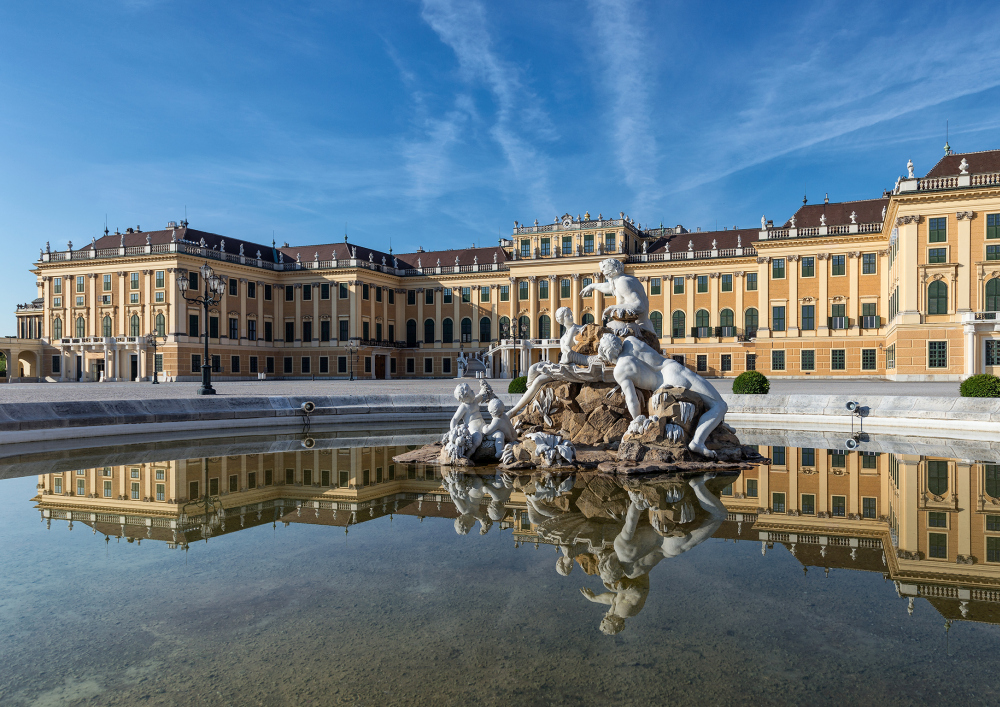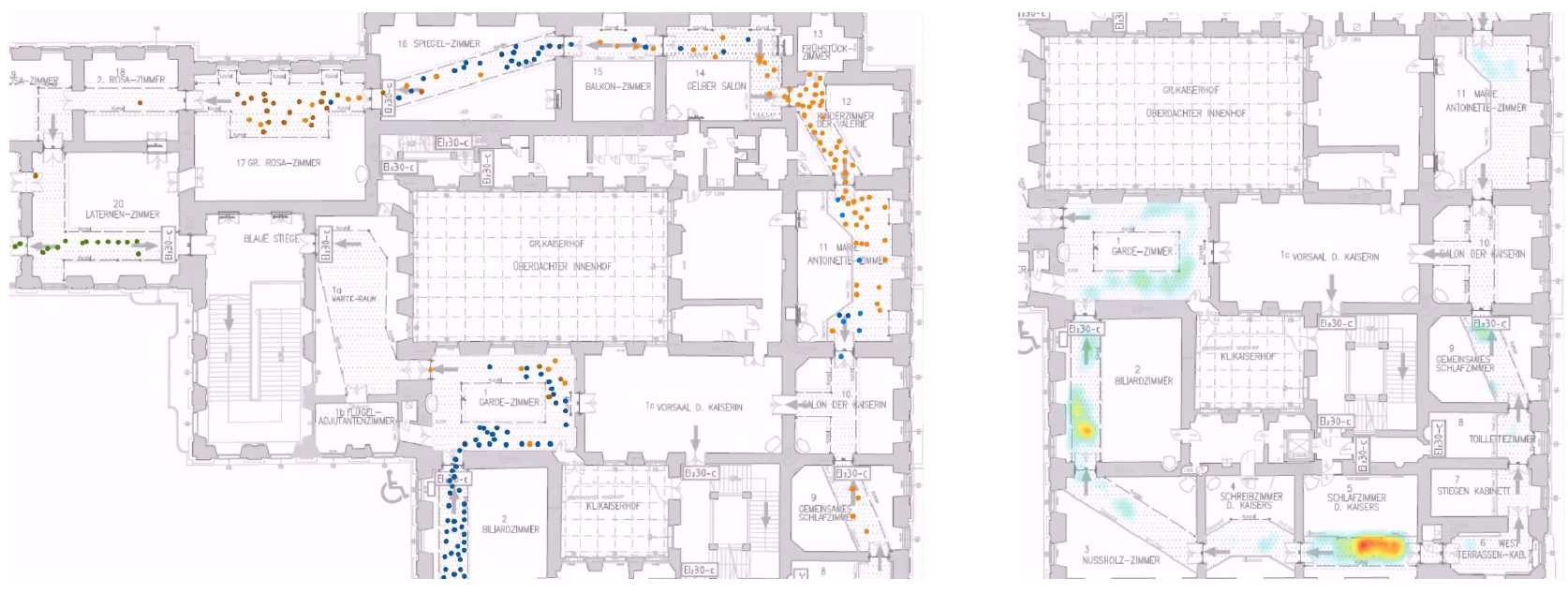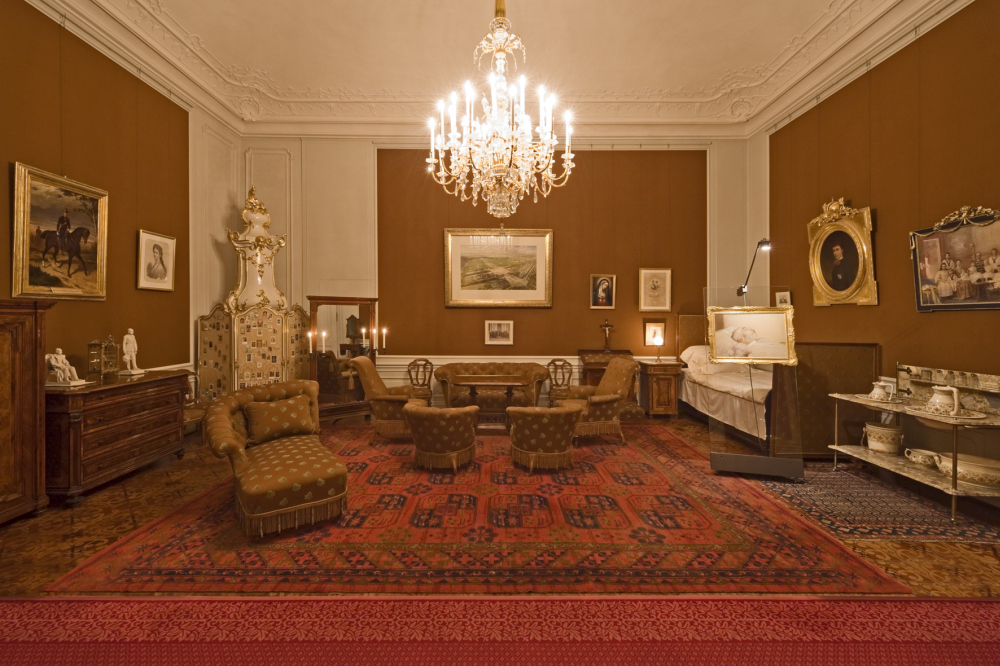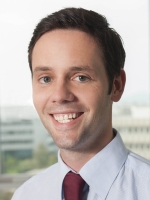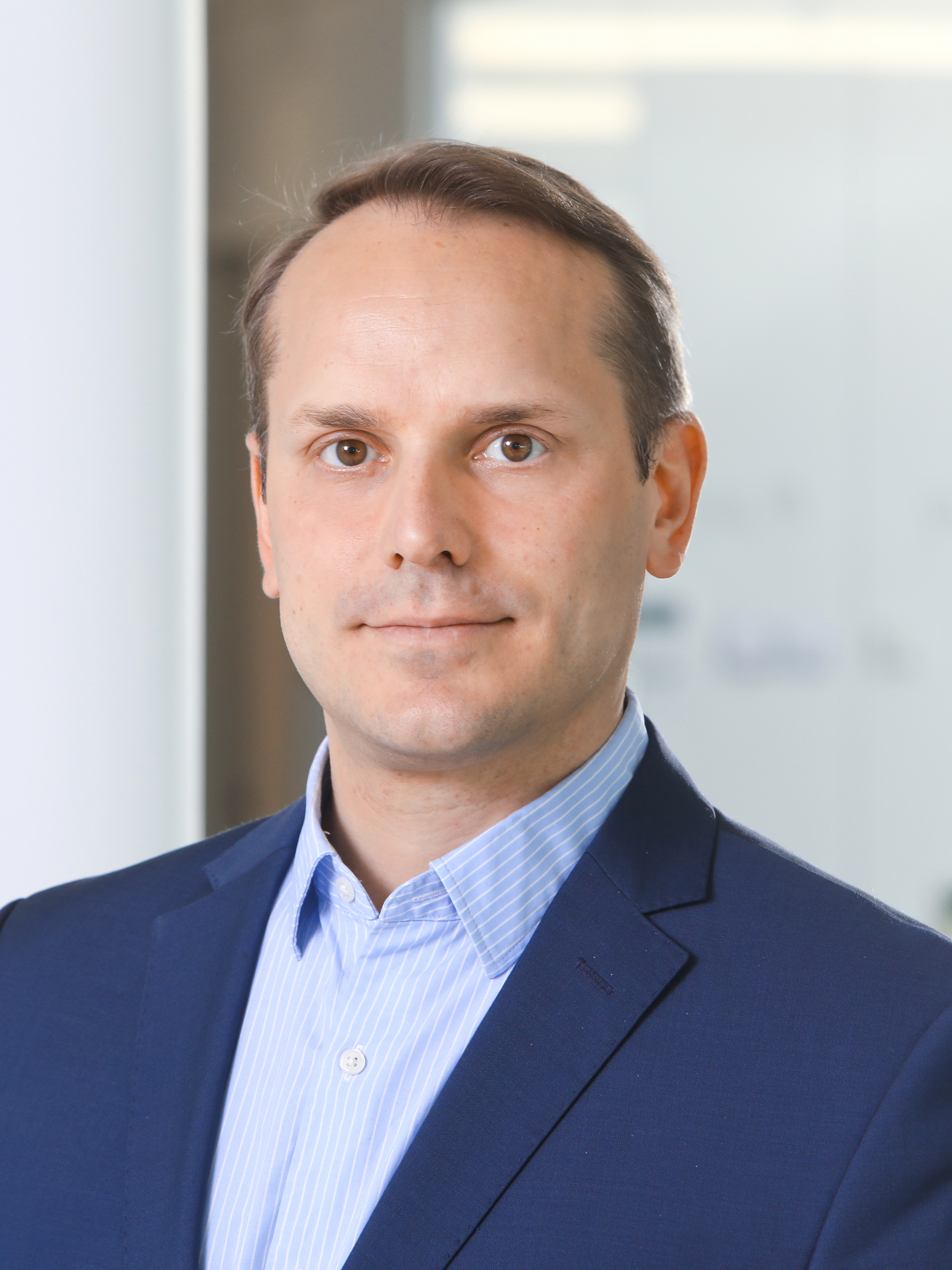Schönbrunn Palace is one of the most popular tourist attractions in Austria and welcomes around 2.7 million visitors a year. Once designed to accommodate the imperial family and their court, the palace’s 40 state rooms from the Habsburg period now attract up to 10,000 visitors a day with an expected rise over the next years. Hence it is essential to enhance the existing system and to implement an intelligent, tailored and sustainable visitor management system that guarantees a continuous high level of satisfaction.
(c) SKB/Alexander Eugen Koller
Approach
The simulation of visitor movements enables to identify the right measures for optimizing visitor flows at Schönbrunn Palace. The reduction of congestions and waiting times creates benefits for visitors and ultimately leads to higher customer satisfaction in combination with measures already taken. Furthermore, less congestions help to increase visitor safety in case of incidents and to preserve the historical structure of the building.
Strategic planning
- Investigation of fundamental changes in advance and identification of optimization possibilities through simulation-based route planning
- Adaptation of existing tours (e.g. by changing the sequence) and testing of new tours
- Optimization of the overall offer on the basis of the expected number of visitors and groups within a certain period of time
Operational planning
- Derivation of general rules for an optimized inflow control and evaluation of the effect of different guiding mechanisms (barriers, signs,...)
- Additional optimal preparation for possible emergencies and evaluation of evacuation plans
General solution concept according to the „Sense Plan Act Paradigm“
The overall solution proposed by the researchers of the AIT Center for Mobility Systems according to the “Sense-Plan-Act-Paradigm” provides an optimal tool for the sustainable increase of efficiency and visitor satisfaction.
- Sense: Movements and distribution of visitors in the palace are recorded once, including the waiting times, the length of stay in the rooms and the total duration of tours. Sense provides the basis for further planning and simulations.
- Plan: Ideas are tested in simulations and the effects of different control and steering measures or alternative route planning at different occupancy are investigated. Suitable short-term measures - in order to be able to react promptly to situations - as well as long-term strategies can be efficiently found.
- Act: The identified measures are transferred to implementation and the employees are prepared and trained accordingly.
(c) SKB/Alexander Eugen Koller



